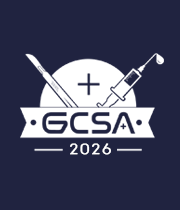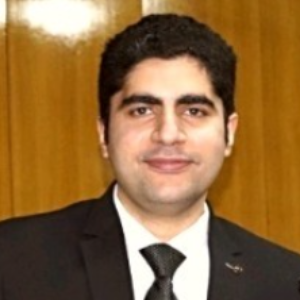Title : A retained intrahepatic bullet in the bermuda triangle: A case report of surgical extraction
Abstract:
We describe a rare case of intrahepatic retained foreign body (bullet). Our patient is a 39-year old Yemeni soldier, who was exposed to firearm injury 10 months previously. The patient sought medical advice to extract the foreign body, and it was successfully extracted through abdominal exploration, with no intraoperative or postoperative complications. Our case was a Yemeni soldier, aged 39 years, who had a firearm injury to the chest before 10 months. The bullet passed through the chest causing massive hemothorax. The condition necessitated exploration through thoracotomy that revealed a tear in the lower lung lobe and a hole in the diaphragm. Hemostasis was done in a Yemeni military hospital and an intercostal tube was placed for ten days. The patient was discharged and his postoperative course was uneventful. Then, the patient had a complaint of right hypochondrial pain. The patient’s condition was stable (normal hemodynamics and stable hemoglobin levels), and an abdominal ultrasound revealed minimal intraabdominal free fluid. Besides, other investigations revealed that the bullet was located adjacent to major hepatic vascular structures making surgical removal risky, so conservative management was suggested as long as no complications developed. The patient got anxious as he was reported that the bullet was in a dangerous anatomical zone. Therefore, he sought more experienced advice. He presented to our private clinic in Mansoura city, Egypt, 10 months after injury with the retained bullet. The patient’s condition was well-assessed. On examination, the entry wound of the bullet was located in the right hypochondrium. The bullet was situated in the posterior part of segment VIII. Its boundaries were the middle hepatic vein medially, the right hepatic vein laterally, segment VIII anteriorly, and inferior vena cava posteriorly. It was present just below the entrance of both right and middle hepatic veins into the IVC was obtained before surgery. The operation was done under general anesthesia, and abdominal exploration via hockey stick or Kehr incision. The procedure was performed by the first author. After abdominal exploration, there were dense adhesions between the right liver lobe and the diaphragm and thus the transhepatic approach was hazardous. The right hepatic lobe was mobilized by dissection of both coronary and right triangular ligaments. The suprahepatic IVC was also exposed after dissection of its covering peritoneum exposing the superior part of the bare area of the liver. After that, the short hepatic veins passing between the right lobe and IVC were ligated and divided using prolene 4/0 or 5/0 sutures. We did not try to dissect around the right hepatic vein due to the presence of fibrosis which may carry a risk for vascular injury and massive bleeding. This was continued till the appearance of the fibrotic area in the posterior wall of the liver, anterior to the IVC. To enhance the feeling of the foreign body, the assistant gently pushed the hepatic area anterior to the entrance of right and middle hepatic veins into the IVC. This aided the downward movement of the granuloma, and part of the bullet was felt through the fibrous tissue by the operator’s hands. The site of the bullet was also confirmed by intraoperative C-arm fluoroscopy. Gentle manipulation was crucial to avoid injury to the middle hepatic vein. The fibrous capsule was carefully opened by coagulation diathermy until there was a sufficient opening for bullet removal. After bullet extraction, good wash and hemostasis were ensured. Blood loss was about 150 mL, and no blood transfusion was done. A drain was inserted in the Morrison pouch. The operative time was 90 min.



